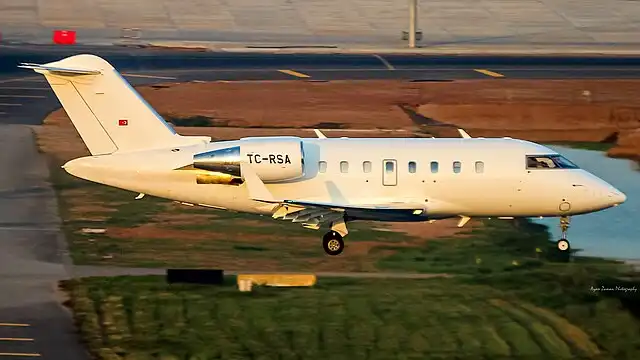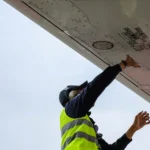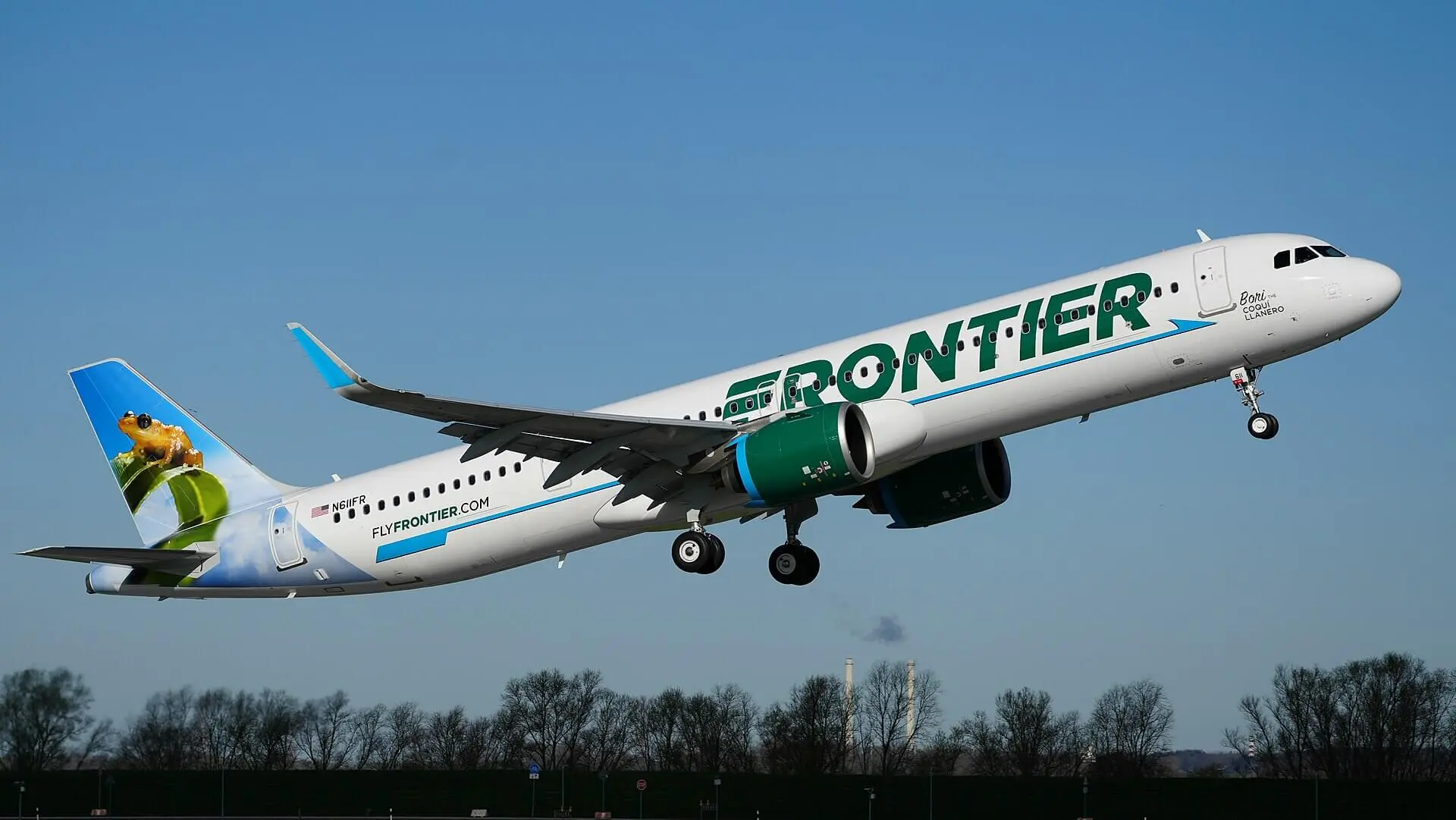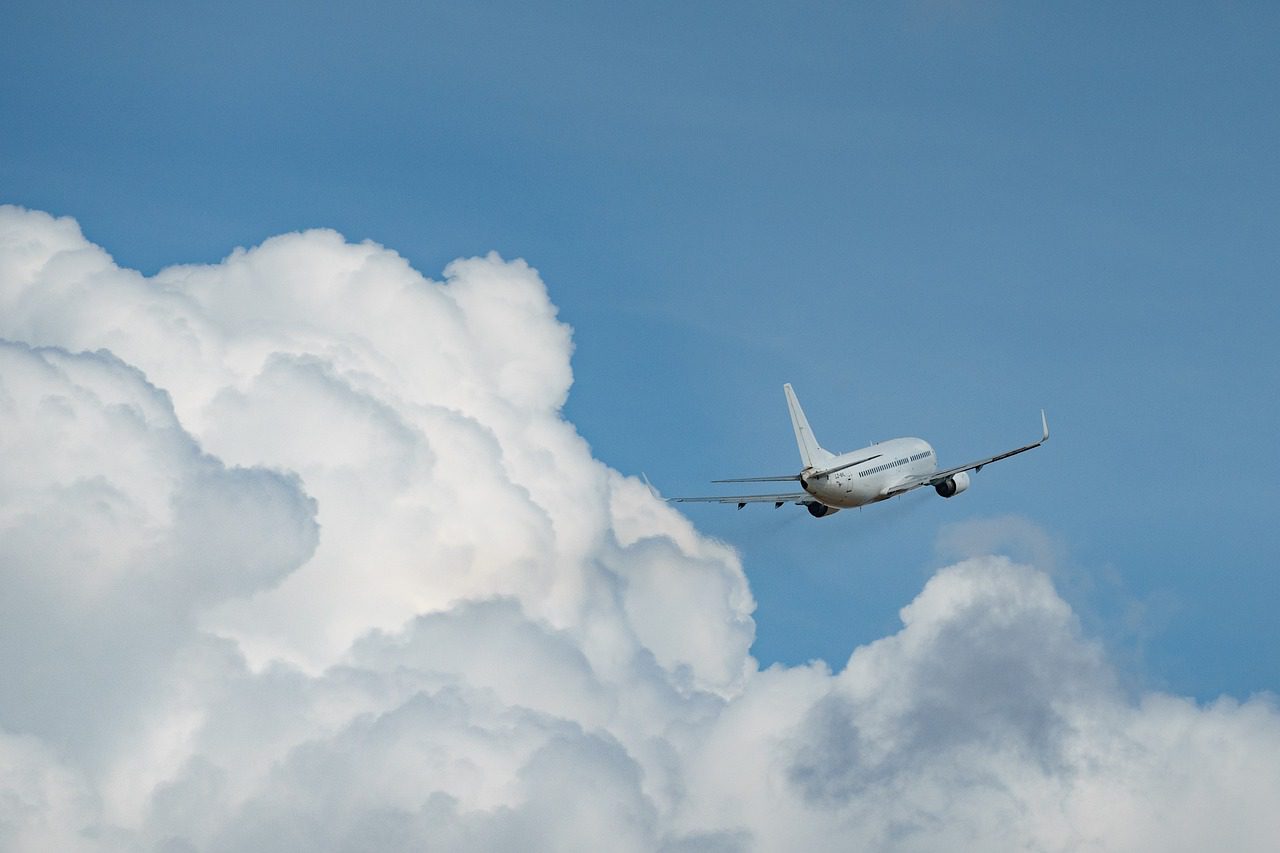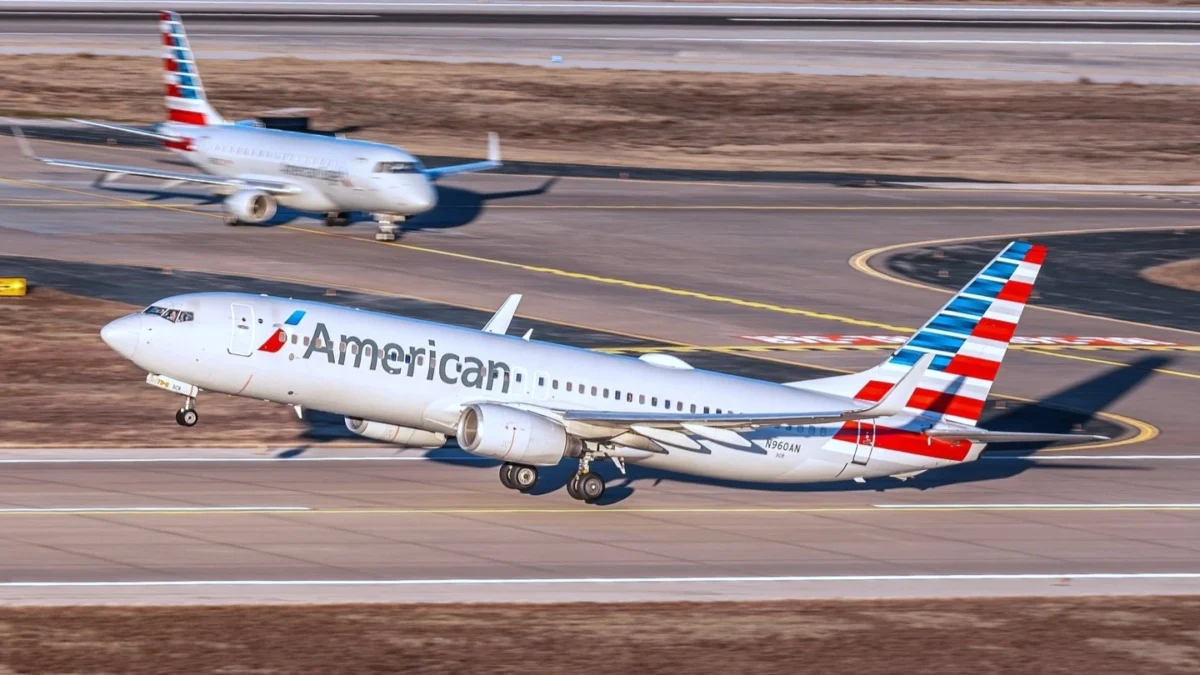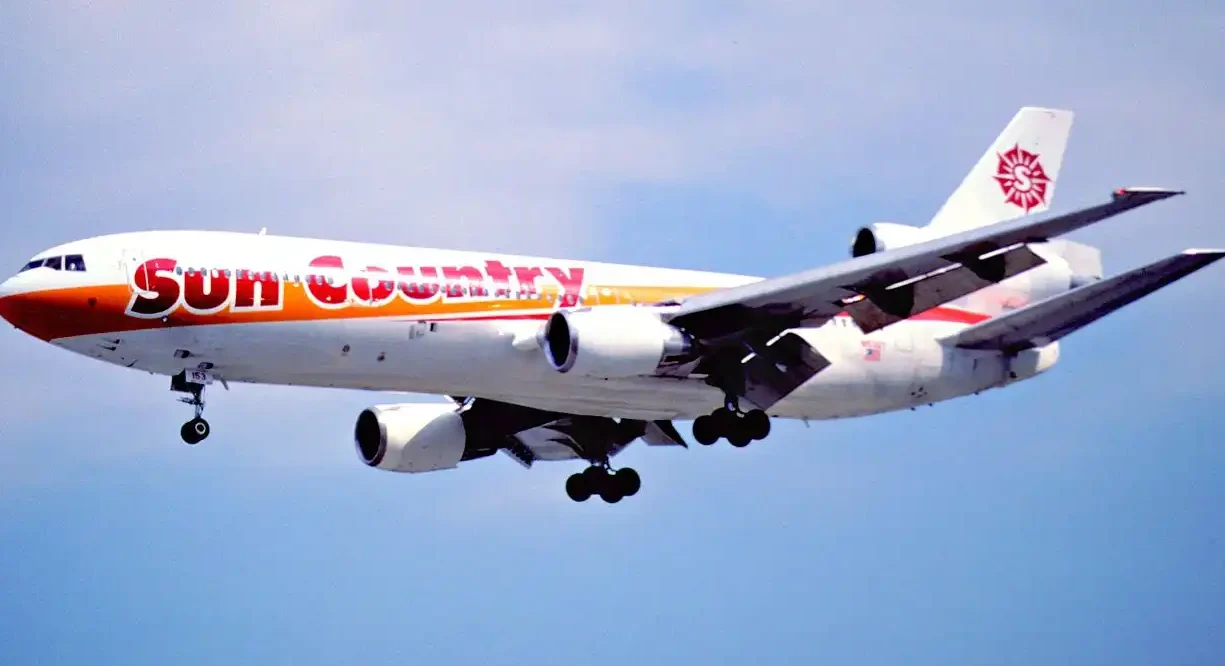The Revolutionary Legacy of the Bombardier Challenger CL-600
The Bombardier Challenger CL-600 stands as one of the most influential aircraft in business aviation history. Introduced in the late 1970s, this revolutionary business jet transformed private aviation with its wide-body design and intercontinental range capabilities. The visionary aircraft designer Bill Lear initially conceived the Challenger concept before Canadair (later acquired by Bombardier) took over the program and brought the Bombardier Challenger CL-600 to market in 1980.
As the first model in what would become the prolific Challenger family, the Bombardier Challenger CL-600 featured innovative technology and design that would influence business jet development for decades to come. With its spacious cabin measuring 8.2 feet wide and 6.1 feet high, the CL-600 offered unprecedented comfort for a business jet of its era, accommodating 8–12 passengers in various configurations.

Why the Bombardier Challenger CL-600 Faces Challenges in Today’s Market
Despite its groundbreaking introduction, the original Bombardier Challenger CL-600 has several limitations when compared to modern business jets. Powered by Avco Lycoming ALF 502L turbofan engines, the CL-600 offered a range of approximately 3,100 nautical miles—impressive for its time but limited by today’s standards. These original engines were later replaced in subsequent models due to reliability concerns and performance limitations.
The avionics suite in the original CL-600 is now considered outdated, lacking the advanced navigation, communication, and safety systems found in newer aircraft. Modern requirements for RNAV, ADS-B, and TCAS mean that operators of the Bombardier Challenger CL-600 often face costly avionics upgrades to maintain compliance with current regulations.
While the Bombardier Challenger concept evolved through numerous improved models including the CL-601, CL-604, and eventually the Challenger 600 series, the original CL-600 production ended after just 85 aircraft were manufactured. This limited production run has created challenges for parts availability and maintenance support for the aging Bombardier Challenger CL-600 fleet.
The Evolution Beyond the Original Bombardier Challenger CL-600
The aviation industry has seen remarkable advancements since the Bombardier Challenger CL-600 first took flight. Modern successors like the Challenger 650 offer significantly improved performance, featuring enhanced Rockwell Collins Pro Line 21 avionics, more powerful and efficient General Electric CF34-3B engines, and extended range capabilities of over 4,000 nautical miles.
Fuel efficiency stands as another area where the original CL-600 shows its age. Modern business jets incorporate advanced aerodynamics, lighter composite materials, and more efficient engines that dramatically reduce fuel consumption and emissions compared to the first-generation Bombardier Challenger CL-600.
Despite these limitations, the foundational design of the Challenger series has proven remarkably enduring. The current Challenger 650 maintains the same basic fuselage cross-section as the original CL-600, testament to how revolutionary the initial design truly was. This legacy makes the Bombardier Challenger CL-600 a historically significant aircraft that continues to influence business aviation today.
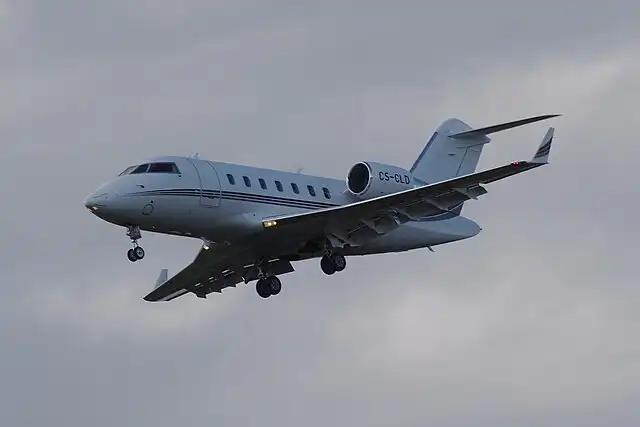

FAQ About the Bombardier Challenger CL-600
What was the original price of a Bombardier Challenger CL-600?
When first delivered in 1980, the Bombardier Challenger CL-600 had a list price of approximately $9 million USD. Adjusting for inflation, this would be equivalent to about $32 million in today’s dollars, comparable to modern mid-size business jets.
How many Bombardier Challenger CL-600 aircraft are still flying today?
Of the 85 original CL-600 aircraft manufactured, fewer than 30 remain in active service. Most operational examples have undergone significant modernization programs to extend their service life and comply with current regulations.
What are the operating costs of maintaining a Bombardier Challenger CL-600?
Operating a Bombardier Challenger CL-600 costs approximately $4,000-5,000 per flight hour when factoring in fuel, maintenance reserves, crew expenses, and insurance. This is significantly higher than modern equivalents due to aging systems and parts scarcity.
Did the Bombardier Challenger CL-600 have any notable safety issues?
Early Bombardier Challenger CL-600 models experienced some issues with the original Lycoming ALF 502 engines, which led to their replacement with General Electric CF34 engines in subsequent Challenger variants. The aircraft also required structural reinforcements to the wings after early service revealed fatigue concerns.
What innovations from the Bombardier Challenger CL-600 are still used in modern business jets?
The supercritical wing design, wide-body cabin concept, and transcontinental range capabilities pioneered by the Bombardier Challenger CL-600 remain fundamental aspects of modern business jet design philosophy across manufacturers.
Who typically owns and operates Bombardier Challenger CL-600 aircraft today?
Today’s Bombardier Challenger CL-600 owners typically include smaller charter operations, aviation enthusiasts who appreciate their historical significance, and operators in regions with less stringent regulatory requirements who benefit from their lower acquisition costs.


